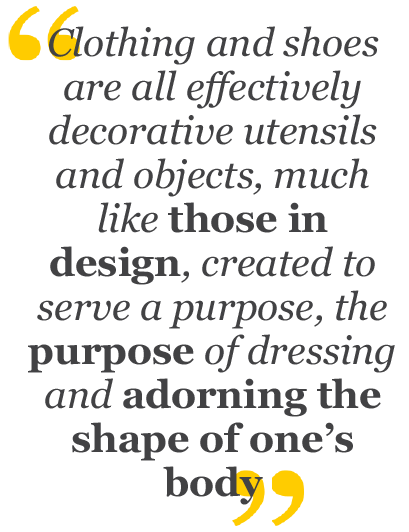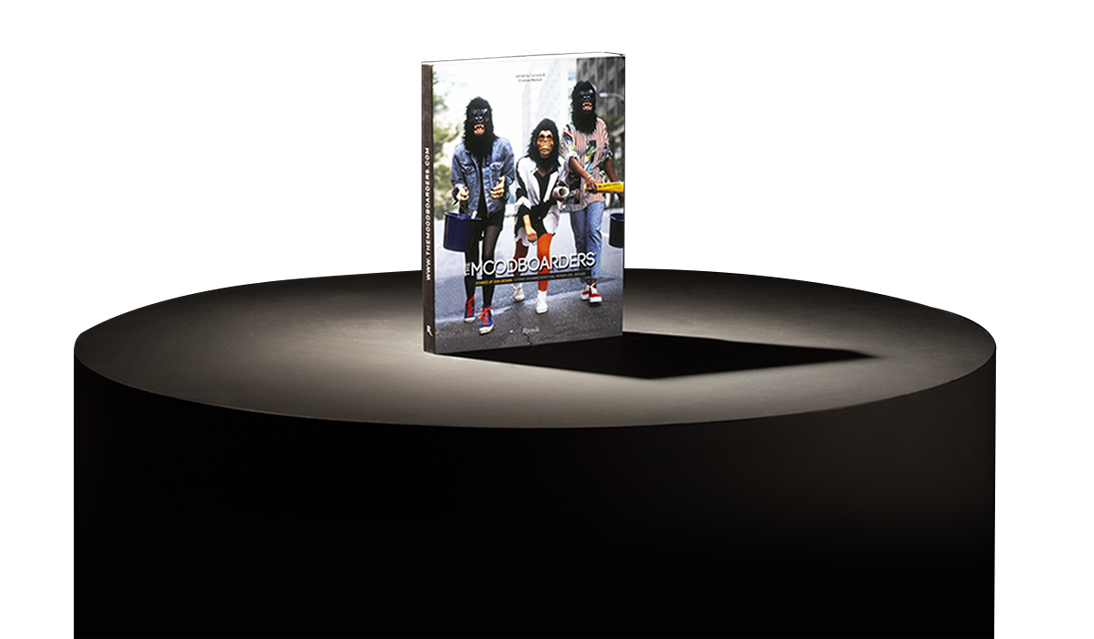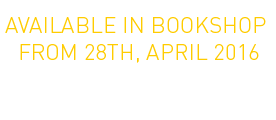The New York Metropolitan Museum’s “Manus x Machina”, the Museo Salvatore Ferragamo’s “Tra arte e moda” in Florence, as well as Florentine museums and Prato’s textile museum have recently focused on exhibitions that explore the ties between fashion and other disciplines. In this case, they highlight those ties with art. Fashion has always been connected with a sense of observation, being that it is often considered ephemeral, seasonal, and vain, condemning it to be more futile than useful. Clothing, jewels and shoes are all effectively decorative utensils and objects, much like those in design, created to serve a purpose, the purpose of dressing and adorning the shape of one’s body. Jewelry, clothing and shoe designers not only exhibit creativity and imagination, but knowledge of anatomy and ergonomics, and a familiarity with geometry, modeling, draping, and a profound understanding of materials. Salvatore Ferragamo addresses this in his biography, stating that, “There is no limit of beauty or the saturation of one’s imagination, just as the infinite variety of materials that a shoemaker has to created his models. I have used fish scales, transparent paper, snail shells and raffia, raw silk, seaweed, and wool…”.
Design Couture
N.38 of July 14th, 2016
The New York Metropolitan Museum’s “Manus x Machina”, the Museo Salvatore Ferragamo’s “Tra arte e moda” in Florence, as well as Florentine museums and Prato’s textile museum have recently focused on exhibitions that explore the ties between fashion and other disciplines. In this case, they highlight those ties with art. Fashion has always been connected with a sense of observation, being that it is often considered ephemeral, seasonal, and vain, condemning it to be more futile than useful. Clothing, jewels and shoes are all effectively decorative utensils and objects, much like those in design, created to serve a purpose, the purpose of dressing and adorning the shape of one’s body. Jewelry, clothing and shoe designers not only exhibit creativity and imagination, but knowledge of anatomy and ergonomics, and a familiarity with geometry, modeling, draping, and a profound understanding of materials. Salvatore Ferragamo addresses this in his biography, stating that, “There is no limit of beauty or the saturation of one’s imagination, just as the infinite variety of materials that a shoemaker has to created his models. I have used fish scales, transparent paper, snail shells and raffia, raw silk, seaweed, and wool…”.
Cristina Morozzi
Editor-in-chief
editor@themoodboarders.com/old





